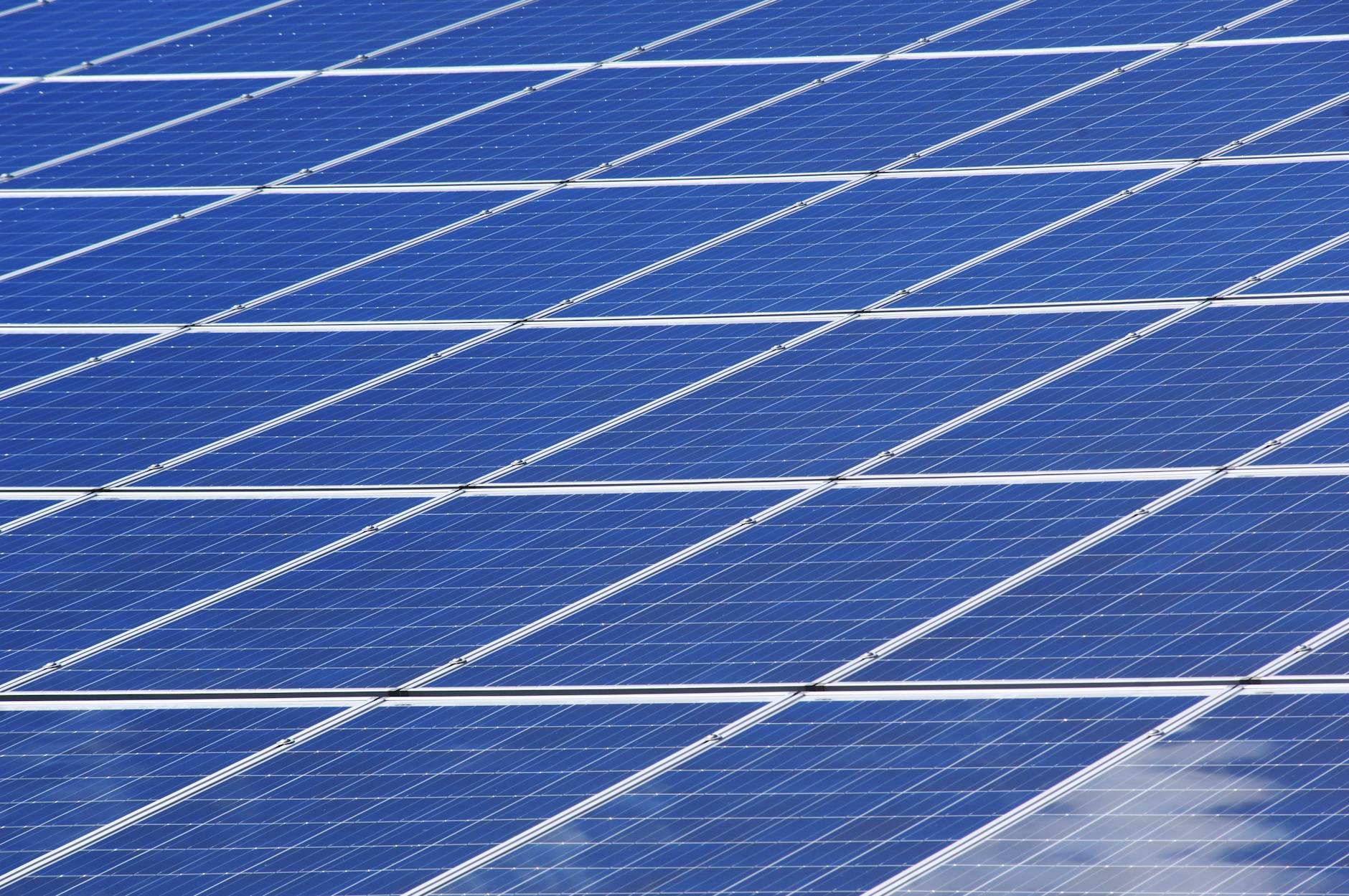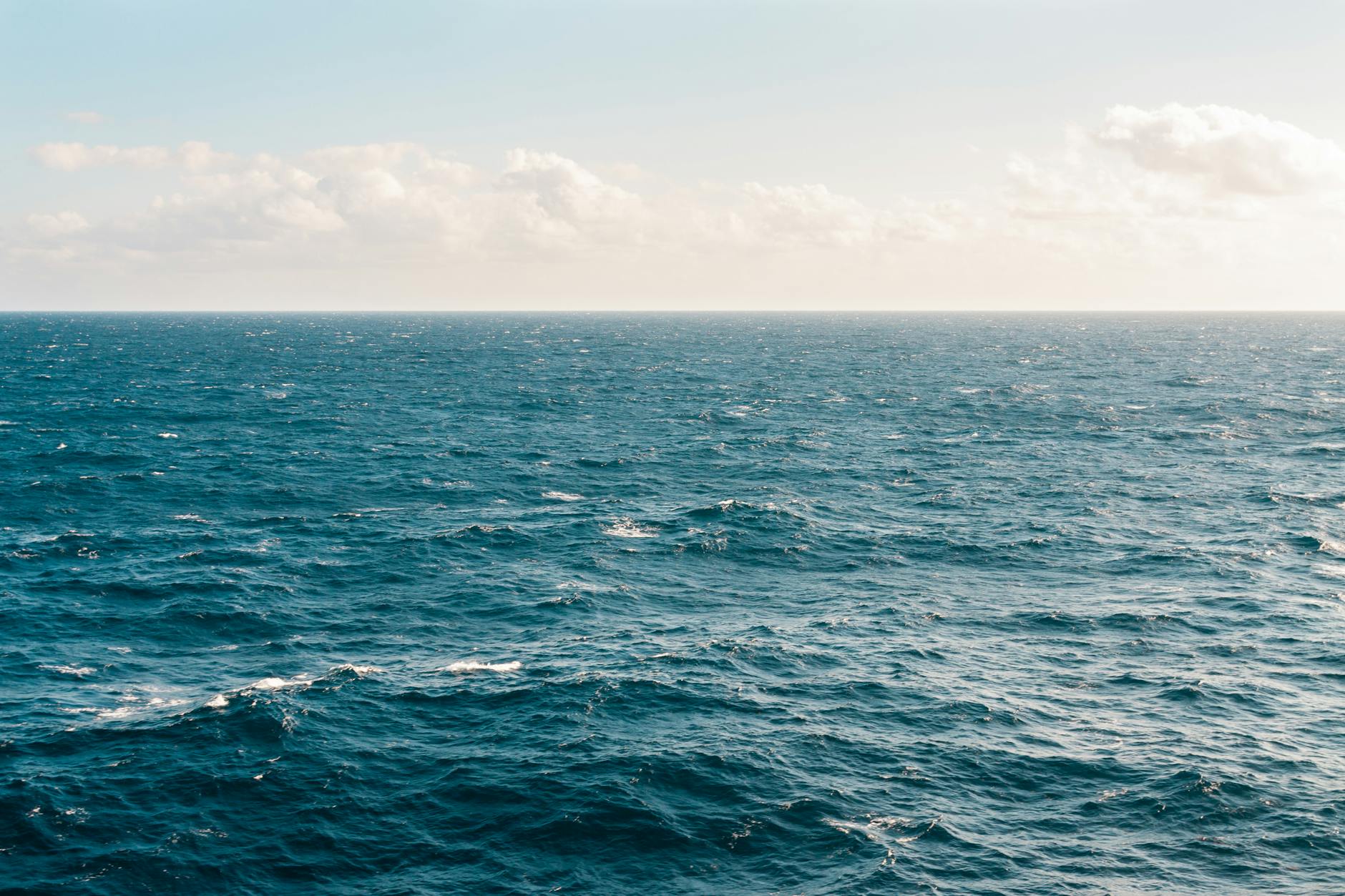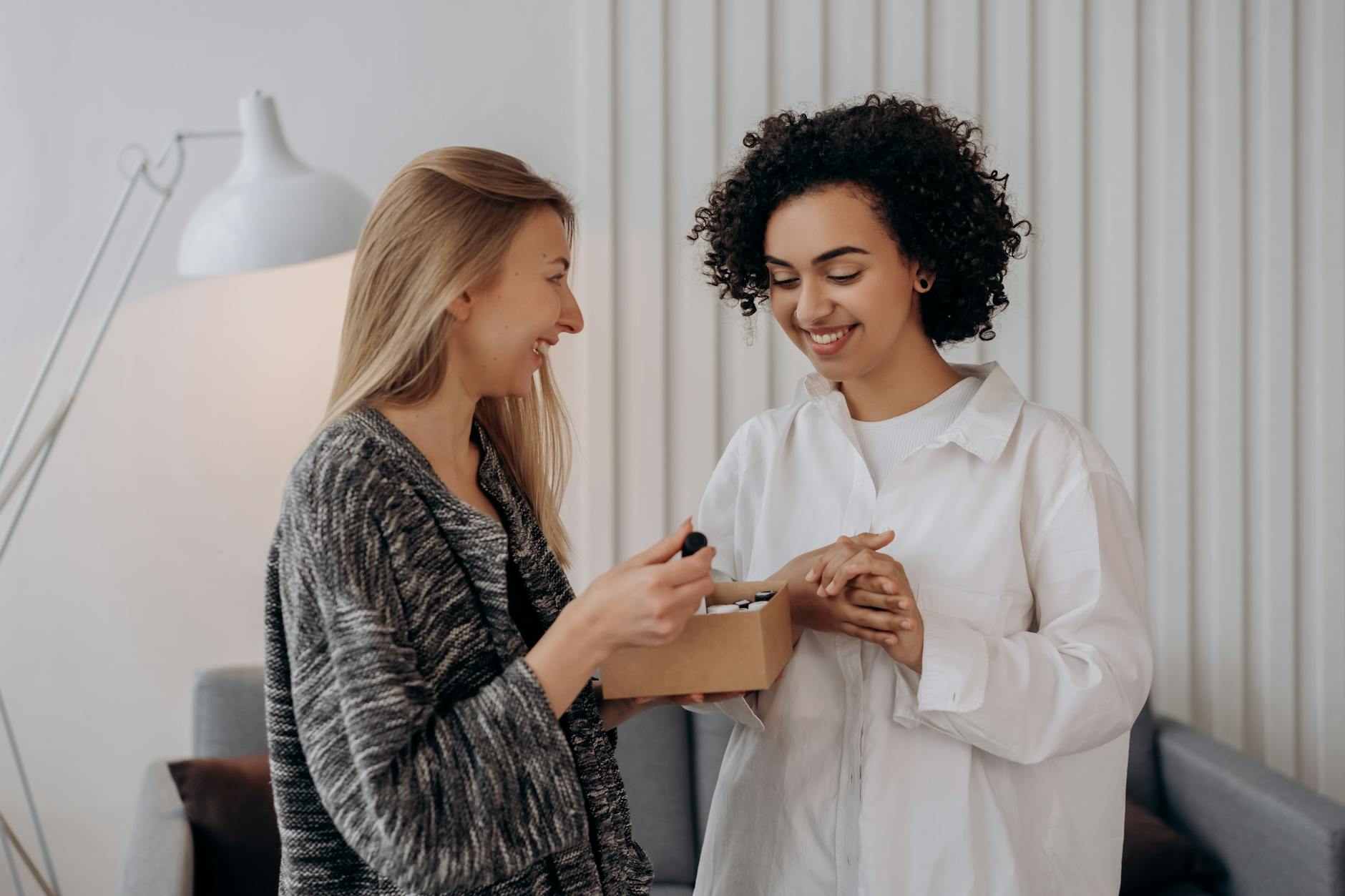How to Choose Safe Sunscreens for Kids in Australia

Basics of Sunscreen
Understanding UVA and UVB Rays
As a Melbourne-based teacher, I’ve witnessed firsthand at places like Royal Botanic Gardens Victoria the importance of understanding UVA and UVB rays. These invisible rays are part of the sun’s natural energy, with UVA rays contributing to skin aging and UVB rays causing sunburn. For parents, this distinction is crucial when selecting the right kids sunscreen. You want a product that offers broad-spectrum protection, ensuring your child's sensitive skin is shielded from both aging and burning rays.
Decoding SPF Levels
Navigating SPF numbers can be like untangling a web, particularly when you're busy planning outdoor lessons. SPF, or Sun Protection Factor, indicates how long a sunscreen can protect the skin from UVB rays compared to no protection at all. For instance, SPF 30 theoretically allows your child to stay in the sun 30 times longer without burning. This doesn't mean they’re invincible! Regular reapplication, especially during activities like a day at the beach, remains essential.
Exploring Sunscreen Types
Sunscreens come in many forms, and knowing the differences helps make smart choices. There are two main types: chemical and physical (also known as mineral). Chemical sunscreens absorb UV radiation, while physical ones reflect it off the skin. For children, especially those with sensitive skin, physical sunscreens with ingredients like zinc oxide are often recommended. They sit on top of the skin rather than being absorbed, which aligns with Marcus's preference for gentle, effective products.
Key Ingredients to Look For
Benefits of Zinc-based Formulas
When teaching my students about nature at the Royal Botanic Gardens Victoria, I often remind them of the importance of zinc-based sunscreens. These formulations provide a physical barrier on the skin, reflecting harmful ultraviolet rays reef safe sunscreen. As a parent or educator, it's heartening to know that zinc is gentle on sensitive skin and minimises the risk of irritation, a common concern for young children.
Identifying Safe Active Ingredients
In our quest for effective sun protection, it's crucial to look for active ingredients that ensure safety and efficiency. Ingredients such as titanium dioxide, alongside zinc oxide, are known for their broad-spectrum capabilities without the assistance of harmful chemicals. These natural minerals create a shield against both UVA and UVB rays, reinforcing peace of mind for any outdoor activities.
Avoiding Harmful Chemicals
A critical aspect of the products we choose is avoiding harmful substances like oxybenzone and octinoxate. These chemicals, often found in traditional sunscreens, can cause allergic reactions or even harm the environment. For individuals who spend a significant time outdoors with children, choosing products free from these harmful chemicals prioritises safety and environmental sustainability.
In my classroom discussions, we frequently explore safe sun protection methods, always keeping the ecosystem in mind. By understanding the ingredients in our sunscreen, we become better equipped to nurture both the young minds in our care and the environment they learn about daily.
Application Tips for Kids
Correctly Applying for Coverage
When it comes to protecting our youngest charges from the harsh Aussie sun, ensuring proper sunscreen application is crucial. I've often led excursions to the Royal Botanic Gardens Victoria, and one of the most common oversights is missing spots like the tops of ears, back of the neck, and knees. The key to achieving adequate coverage is to use a generous amount and apply it as evenly as possible. I recommend using a golf ball-sized amount to cover a primary school-aged child. A zinc sunscreen is particularly effective due to its thicker consistency, forming a physical barrier on the skin that reflects harmful rays.
Reapplication During Activities
Imagine you're on a delightful walk by the Yarra River trails. The sun's rays can be harsh and relentless, especially when outdoor activities are involved. Reapplying sunscreen every two hours is vital, even on cloudy days. I've noticed in our nature-focused sessions that once you're engrossed in an activity like documenting local flora, it's easy to forget the time. A digital reminder or timer can nudge you to reapply and keep those young faces safe from burns.
Engaging Kids in the Process
Involving kids in the sunscreen application process can transform it from a mundane task to an engaging routine. This approach not only powers through the morning rush but also empowers the children, making them feel responsible for their skin's health. Encourage them to apply and rub the sunscreen on less-sensitive parts, allowing a mix of independence and adult oversight. This way, by incorporating the excitement of a new activity, they become more enthusiastic and responsible about sun safety.
Environmental Considerations
Choosing Reef-safe Products
As someone who has spent considerable time with students exploring places like the St Kilda Beach, I've seen firsthand how our choices can impact the environment. Ensuring the sunscreens we use are reef-safe is a crucial step in protecting marine ecosystems. When selecting products, I look for those free from oxybenzone and octinoxate, harmful chemicals known to contribute to coral bleaching. Opt for zinc oxide or titanium dioxide-based formulations, which are less damaging to aquatic life. Considering brands that offer baby sunscreen products designed with these environmentally-friendly criteria can also help, especially since they're gentle on both children’s skin and our oceans.
Eco-friendly Packaging Options
Reducing plastic waste is another impactful way to lessen our environmental footprint. I often teach students the importance of recycling and sustainable packaging. Many companies now offer sunscreens in biodegradable or reusable containers. As a teacher, encouraging parents to select products packaged in eco-friendly materials can reinforce lessons about sustainability. Additionally, refilling sunscreen bottles instead of discarding them keeps more plastic out of landfills.
Impact of Sunscreens on Nature
During our excursions to places like the Royal Botanic Gardens Victoria, I've initiated discussions on how everyday products affect nature. Sunscreens, if not chosen wisely, can seep into waterways and impact biodiversity. By choosing formulations that are both effective and environmentally conscious, we can enjoy the outdoors while ensuring these beautiful natural habitats remain pristine for future generations.
Avoiding Sunscreen Pitfalls
Unravelling SPF Myths
One of the most common mistakes I see among eager parents while at the Royal Botanic Gardens Victoria is misunderstanding SPF ratings. SPF, or Sun Protection Factor, measures how well a sunscreen can protect against UVB rays, those nasty buggers that cause sunburn. For peace of mind during your sunny picnics or lazy beach days at St Kilda Beach, opt for sunscreens with at least SPF 30. However, it's a misconception that SPF 50 provides almost double the protection of SPF 30. While it does offer slightly more coverage, it’s minimal - think of SPF 30 blocking about 97% of UVB rays compared to 98% with SPF 50.
Proper Application is Key
Many folks mistakenly skimp on the amount of sunscreen needed for proper protection, leading to those tricky sunburn surprises. I always tell parents, imagine slathering on enough sunscreen to fill a shot glass – that’s roughly how much you'll need to cover a youngster from head to toe. Don’t forget those easy-to-miss spots like the tops of ears, back of the neck, and feet, whether you're out on the Yarra River trails or lounging in a park.
Mind the Expiration Date
Another trap to sidestep is ignoring sunscreen expiration dates. The potency of a sunscreen diminishes over time, reducing its ability to shield your little adventurers. It’s a good habit to check expiration dates before packing sunscreen into your backpack, ensuring that your kids are genuinely protected from sun exposure during your myriad Melbourne explorations, from St Kilda Beach to impromptu garden visits. Always ensure your trusty sunblock is as reliable as your favourite teaching aide.


